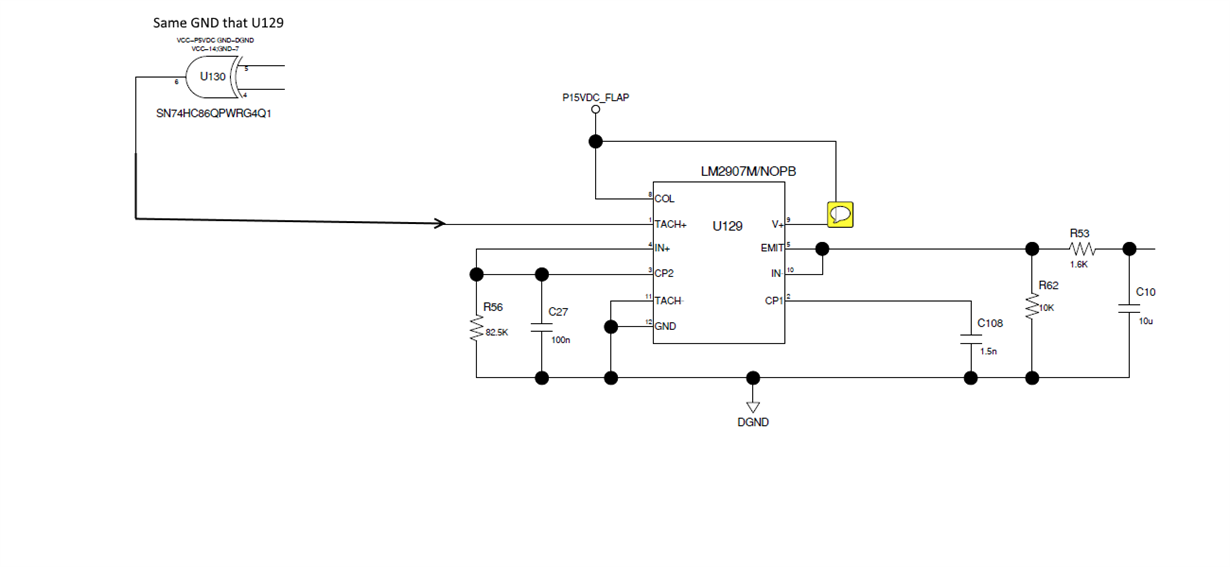Hello,
I am using this frecuency to voltage converter powered to 15V.
The input is a pulsed signal from 0 to 5V. With this signal leves the converter is not working.
I have to use a signal to a low level below zero. i.e. -0.5 to 5V. In this case de converters works perfectly.
It is a normal behaviour??
thanks


